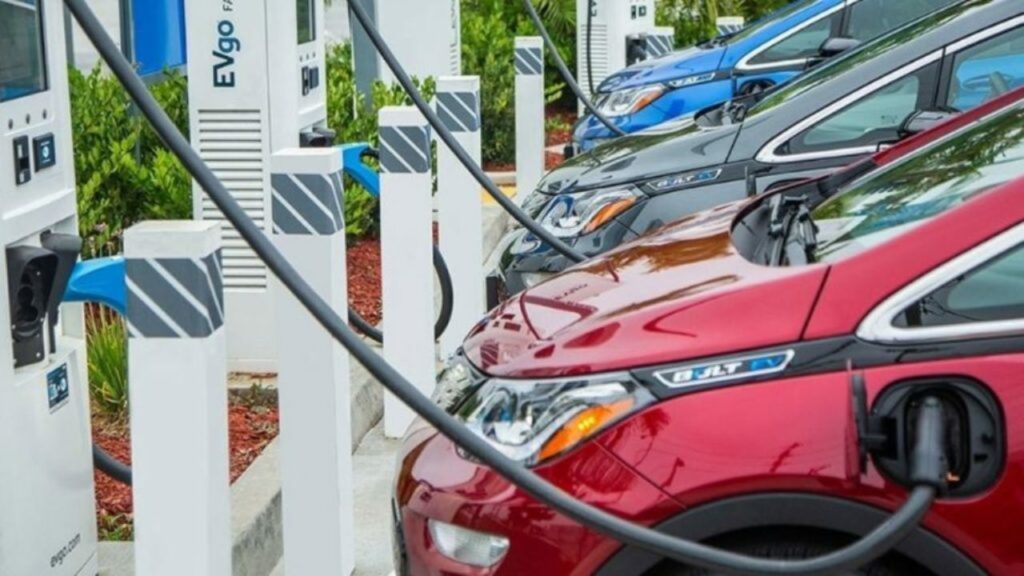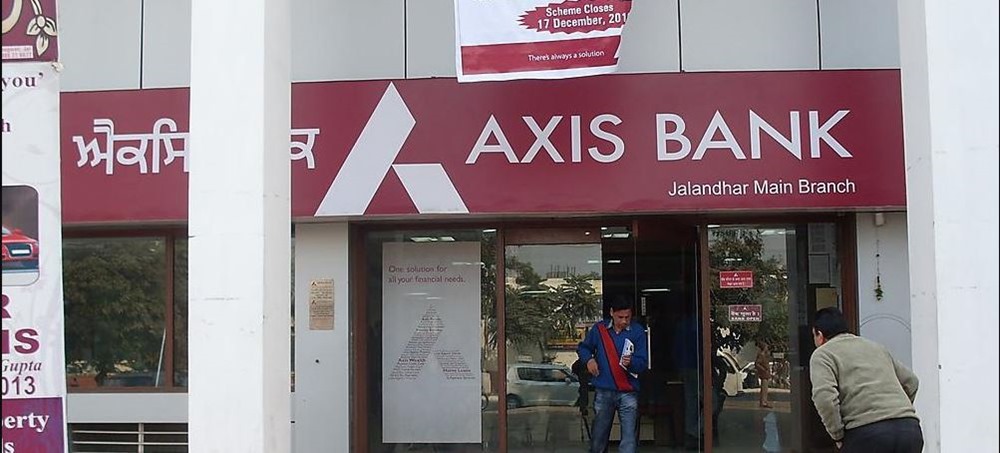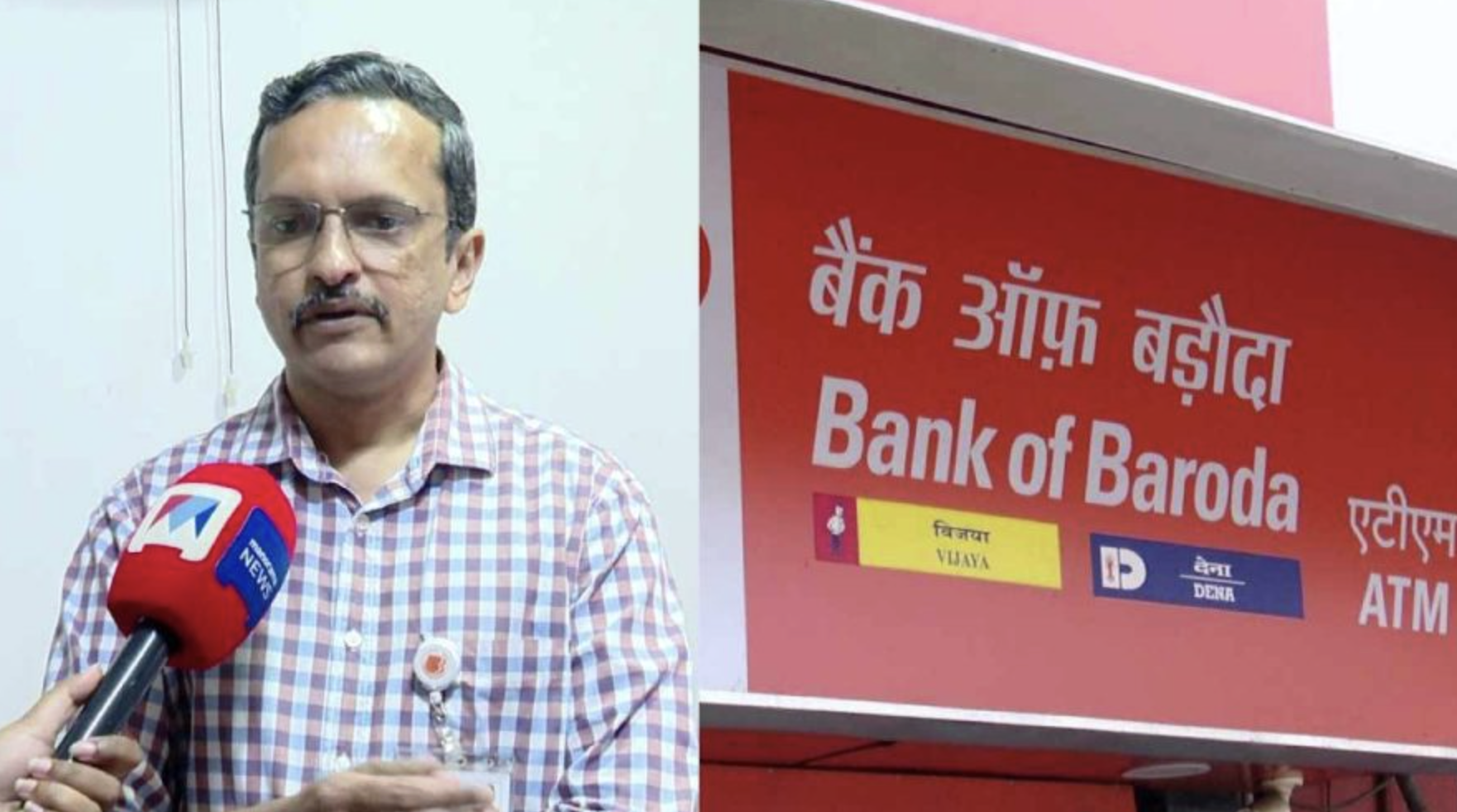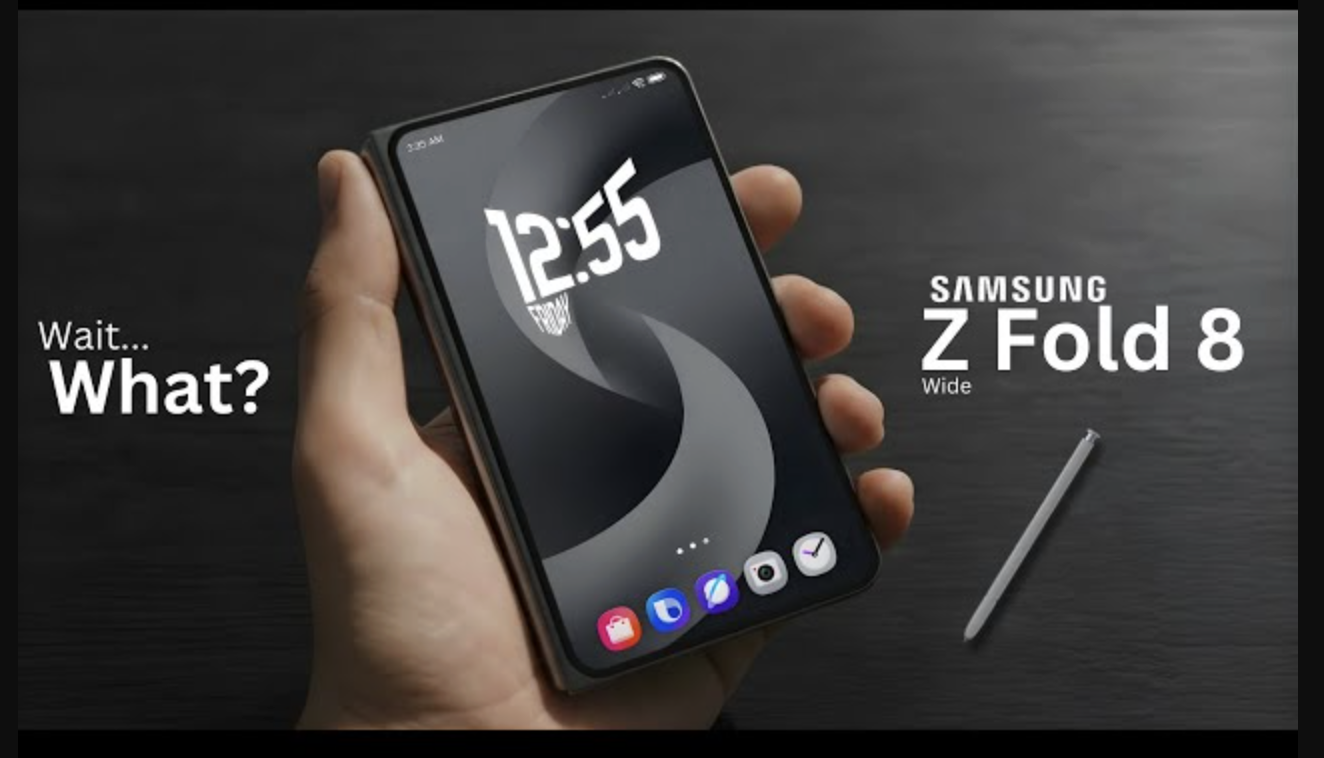The government is likely to discontinue the second phase of the Faster Adoption and Manufacturing of Electric Vehicles in India or FAME II scheme after the next financial year.

Background
The decision to scrap the scheme was due to an investigation into the alleged misappropriation of subsidies under the scheme by two-wheeler EV makers conducted by the Ministry of Heavy Industries, which administers FAME.
These players allegedly were claiming subsidies without adhering to minimum localisation requirements.
After the discovery, the Centre initiated a full-fledged probe and roped in public sector non-banking finance company (NBFC) IFCI Ltd and consultancy firm EY to streamline the scheme.
Suspects
Hero Electric, Okinawa Autotech, Ampere Vehicles, and Revolt are the EV players which have come under the scanner.
It was also reported that other players such as Ola Electric, Ather Energy and TVS Motor also allegedly kept their vehicle prices artificially lower to claim subsidies under the scheme.
In some cases, the government has halted the release of subsidies.
The industry has already approached the government with a request to extend the FAME II scheme beyond FY24.
How FAME works
Under the FAME scheme, companies may pass on a discount of up to 40 percent to customers on the cost of locally manufactured vehicles and claim the discounted amount as a subsidy from the government.
The ministry’s investigation is centered around the claimed local content of these vehicles.
The scheme aims to support 1 million EV two-wheelers (E2W) and 7,000 electric buses (e-buses), and about 800,000 E2Ws and 3,500 e-buses which are likely to hit the roads by the end of March.
Focus on mass transport
“The balance E2W and e-buses goals will be comfortably achieved by the end of 2023-24,” an official said.
However, FAME II targets for electric three- and four-wheelers are unlikely to be attained.
He said, “The Centre’s focus is not on personal mobility through electric four-wheelers but on public transport buses and cheaper E2Ws for masses. The three-wheeler market is already growing at present price points.”
PLI as alternative
In place of the Rs 10000-crore scheme the Center may instead offer incentives to EV makers through the ongoing production-linked incentive (PLI) programmes as part of which benefits will be accrued at the manufacturers’ end.
Through PLI programmes covering advanced chemistry cell (ACC) battery storage, automobiles, and auto components, the benefits will be transferred to the manufacturer.
This is different from FAME II, in which the subsidy is disbursed at the point of sale of the vehicles.
Off to a good start
The government has already earmarked Rs 25,938 crore under the PLI programme for automobiles and auto components and as many as 115 companies have filed applications under the segment.
Out of the total 115 companies, five auto original equipment manufacturers (OEMs) had applied for both parts of the scheme.
The PLI programme has been successful in attracting investments in the manufacturing of automobiles and components of Rs 74,850 crore.
Building battery making capacity
Of this, about Rs, 45,016 crore is from approved applicants under the Champion OEM Incentive Scheme.
As for batteries, the government has allocated Rs 18,100 crore with a goal to establish a manufacturing capacity of 50-gigawatt hours (GWh) of ACCs) to enhance India’s manufacturing capabilities.













